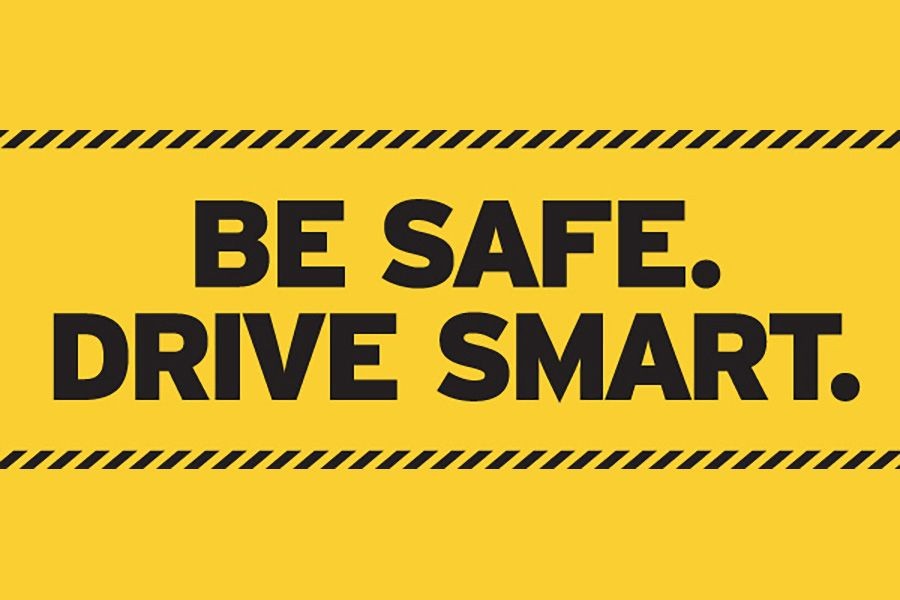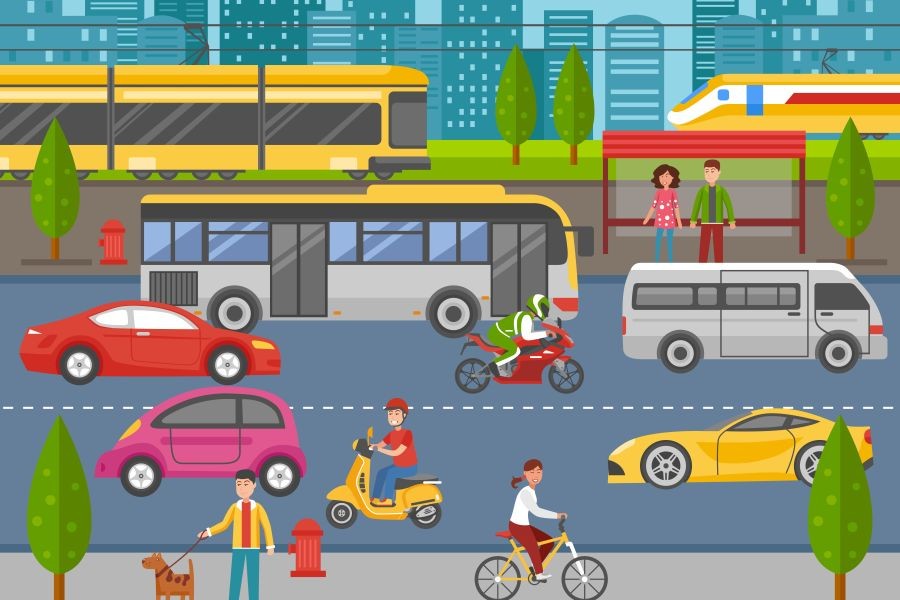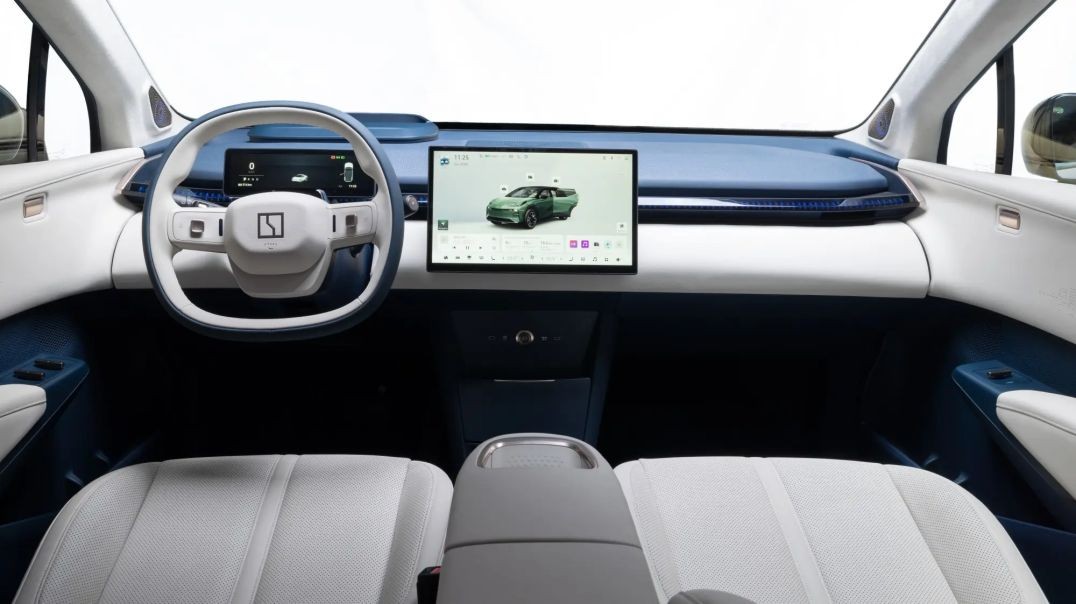Driving in New Zealand presents a unique set of challenges and opportunities for tourists. With its stunning landscapes, diverse climates, and left-hand traffic, understanding how to navigate Kiwi roads safely is essential for a memorable and incident-free visit. Despite the allure of exploring New Zealand's breathtaking scenery, the country's road conditions, weather variability, and driving culture can pose significant risks to uninformed travelers.
According to the New Zealand Transport Agency (NZTA), international drivers are involved in approximately 6% of all crashes annually, a notable statistic given the country's reliance on tourism. Understanding local traffic laws and road conditions is crucial not only for safety but also for preserving the reputation of New Zealand as a welcoming destination.
Understanding New Zealand's Unique Driving Environment
New Zealand's road network spans a vast array of terrains, from coastal highways to mountainous passes. The country's infrastructure, while generally well-maintained, can present challenges due to its geographic diversity. Roads are often narrow, winding, and subject to sudden weather changes, making them different from the highways many tourists are accustomed to.
The Weather Factor
The varied climate across New Zealand can significantly impact driving conditions. For instance, the South Island is known for its alpine roads, which can be hazardous during winter. In contrast, the North Island experiences more rain, leading to slippery roads. A study by the New Zealand Meteorological Service highlights that weather-related accidents increase by 15% during winter months, emphasizing the need for cautious driving during these periods.
Driving on the Left
New Zealand follows the left-hand driving system, which can be disorienting for drivers from right-hand traffic countries. This adjustment requires careful attention, especially at intersections and roundabouts. The NZTA provides online resources and videos to help international drivers acclimate to this change before hitting the road.
Essential Safety Tips for Tourists
- Understand the Road Signs: Familiarize yourself with New Zealand's road signs and their meanings. Many signs warn about specific road conditions, such as sharp curves or steep gradients.
- Speed Limits: Adhering to speed limits is crucial. In rural areas, the maximum speed is typically 100 km/h, while urban areas have limits around 50 km/h. Speed cameras are prevalent, and fines are strictly enforced.
- Driver Fatigue: Long distances between destinations can lead to fatigue. The NZ Ministry of Transport reports that fatigue is a factor in 12% of fatal crashes. Regular breaks and shared driving responsibilities are advised.
- Wildlife and Livestock: Be cautious of animals crossing the road, especially in rural areas. Sheep and cattle can appear unexpectedly, and collisions can be severe.
Case Study: The Impact of International Driver Safety Programs
Problem:
New Zealand's tourism industry, a significant contributor to the economy, faces challenges due to road safety incidents involving international drivers. In 2019, the tourism sector contributed NZD 16.2 billion to the GDP, as reported by the Ministry of Business, Innovation and Employment (MBIE). However, safety concerns risk tarnishing this industry's image.
Action:
Recognizing the need to enhance road safety, the NZTA launched the Visiting Drivers Project, targeting regions with high tourist traffic like Queenstown and Rotorua. This initiative includes distributing multilingual safety brochures, running awareness campaigns at airports, and collaborating with rental car companies to provide safety briefings.
Result:
- Since the project's inception, there has been a 23% reduction in crashes involving international drivers in targeted areas.
- Rental companies report a 15% increase in customer satisfaction related to safety information availability.
- Tourist feedback indicates a 30% increase in perceived safety when driving in New Zealand.
Takeaway:
Proactive measures can significantly enhance tourist safety and satisfaction. Businesses within the tourism sector can benefit from supporting and expanding similar initiatives. As New Zealand continues to grow its tourism economy, integrating comprehensive safety programs will be integral to maintaining its appeal as a safe travel destination.
Common Myths & Mistakes
- Myth: "Driving in New Zealand is the same as in any other country." Reality: New Zealand's unique road conditions, such as single-lane bridges and unpaved roads, require specific driving strategies.
- Myth: "GPS will always guide you safely." Reality: While GPS is helpful, it may not account for road closures or weather conditions. Always check local travel advisories.
- Myth: "You don't need to worry about wildlife." Reality: Animal crossings are common; hitting an animal can cause serious accidents. Always drive at a safe speed, especially in rural areas.
Pros and Cons of Driving in New Zealand as a Tourist
Pros:
- Scenic Routes: New Zealand offers some of the world's most breathtaking drives, from the Southern Alps to the coastal roads of the North Island.
- Flexibility: Having a vehicle allows tourists to explore remote areas beyond public transport routes.
- Local Experiences: Driving through small towns provides unique cultural insights and opportunities to interact with locals.
Cons:
- Road Conditions: Narrow and winding roads can be challenging for inexperienced drivers.
- Weather Hazards: Sudden weather changes can make driving hazardous, especially in mountainous regions.
- High Costs: Fuel and rental costs can be high, impacting the overall travel budget.
Future Trends & Predictions in New Zealand's Tourism and Road Safety
As New Zealand aims to boost its tourism sector post-pandemic, integrating technology into road safety initiatives is a promising trend. The NZTA is exploring AI-driven systems to monitor road conditions and provide real-time updates to drivers, potentially reducing accidents by 20% by 2030. Additionally, advancements in electric vehicle infrastructure may enhance sustainable travel options, aligning with New Zealand's commitment to reducing carbon emissions.
Conclusion
Driving in New Zealand offers an unparalleled way to experience its natural beauty, but it requires awareness and preparation. By understanding local road conditions, adhering to safety advice, and leveraging available resources, tourists can ensure a safe and enjoyable journey. As the tourism industry evolves, embracing technological advancements and targeted safety programs will be crucial for maintaining New Zealand's reputation as a premier travel destination.
What’s your take? Have you driven in New Zealand? Share your experiences and tips below!
People Also Ask (FAQ)
- How does driving in New Zealand impact tourists? Driving allows tourists to explore remote scenic areas not accessible by public transport, enhancing their travel experience.
- What are the biggest misconceptions about driving in New Zealand? One common myth is that GPS will always guide you safely. However, local travel advisories should always be checked for road conditions.
- What are the best strategies for safe driving in New Zealand? Experts recommend understanding local road signs, taking regular breaks to avoid fatigue, and adjusting driving to weather conditions.
Related Search Queries
- Driving tips for tourists in New Zealand
- New Zealand road conditions for travelers
- Best scenic drives in New Zealand
- Car rental safety in New Zealand
- Weather impact on New Zealand roads
- Left-hand driving in New Zealand
- International drivers in New Zealand
- New Zealand road safety initiatives
- Tourism impact on New Zealand economy
- Electric vehicle infrastructure in New Zealand































LynellJunk
6 months ago